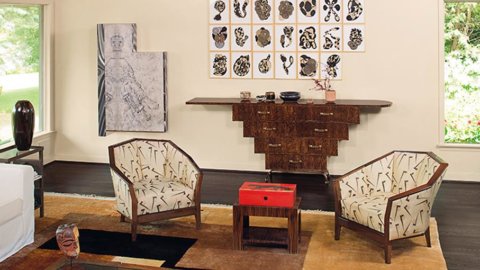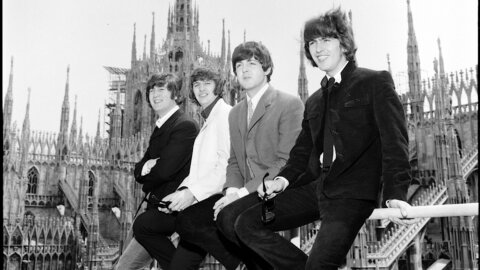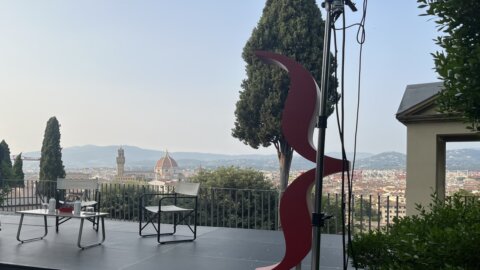Christie’s to present Masterpieces Of Art Deco: The Marsha Miro Collection as part of its 20/21 Design sale, taking place on December 9 in New York. Marsha Miro was first drawn to Art Deco in the early 1980s. stepped into this field at a fortuitous moment when great pieces were coming to market, very often for the first time from estates or from the heirs of the clients for whom they were originally made. Auctions in New York and in Europe, notably in Monte Carlo, brought forth masterful examples of the creativity of the great designers of this golden era. Miro brought to collecting the informed intelligence and the rigor that has marked her approach to life and underpinned her other roles, as Art Critic for the Detroit Free Press, as Architectural Historian at Cranbrook, the educational community in Bloomfeld Hills, Michigan, that is a National Historic Landmark, and as Founding Director, Museum of Contemporary Art Detroit, where she is currently Board President.
In building her collection, Miro found exemplary objects and furniture that were capable of holding their own within the context of the 20th century paintings and sculpture that she displayed in her home. The success of her effort can be measured in the exceptional character of the pieces within the collection, examples deserving of the epithet ‘masterpieces’, from artists including Edgar Brandt, Eugene Printz, Ernest Boiceau, Pierre Chareau, Jean Dunand, Pierre Legrain, and Emile-Jacques Ruhlmann.
Also among the top lots is a Carpet from the Palace of The Maharaja Of Indore, circa 1930 by Ivan Da Silva-Bruhns ($300,000-500,000) – pictured below, right.
- This carpet, with its radical geometric motif, was designed for one of the great architectural treasures of the Modern Movement – Manik Bagh (Jewel Garden), the Palace of the Maharaja of Indore.
- In 1930, the Maharaja set out build a palace in India for himself and his bride, which would distill the most avant-garde architectural and design ideas of the day, hiring architect Eckhart Muthesius to execute his vision.
- Muthesius punctuated the interior with furnishings of his own design with selected works by other designers, notably Emile-Jacques Ruhlmann, Eileen Gray, René Herbst and Marcel Breuer.
- For the carpets, Muthesius looked to Ivan da Silva Bruhns, who had established his own atelier and showrooms in Paris in 1925, quickly becoming the most visible and sought-after artist in his field.
- The present, unusually large carpet was executed for the Maharaja’s living room.
Paul Iribe’s Cabinet-On-Stand, circa 1913 ($120,000-180,000) – pictured left, is the most spectacular of the very few known cabinet pieces by the designer, and perfectly expresses his unique blending of innovation and tradition.
- A distinct new decorative style emerged in Paris in the 1910s, a style of great delicacy and
finesse that represented the first full flowering of Art Deco. It was the first significant style to
replace the decadent extravagances of Art Nouveau, and its emergence owes a very
considerable debt to one particular artist, Paul Iribe.
- The cabinet on stand concept has a centuries-old history. Iribe’s design speaks of high luxury
with its gilt detailing and tooled leather, while its delicate decoration and unfamiliar yet
harmonious proportions, punctuated with his distinctive stylized roses, announce Art Deco in
all its splendor.
The collection features three examples from Eugene Printz, including a Unique Asymmetrical Sideboard, circa 1928 ($300,000-500,000) – pictured right, and a dining suite encompassing a Unique Dining Table, circa 1928 ($120,000-180,000) and a Set of Six Dining Chairs, circa 1928 ($40,000-60,000).
- This suite was a distinctive commission for a Madame M., a private client and perfectly encapsulates a vision that allied modern forms with the finest artisan traditions.
- The creations of Eugène Printz – highly prized today, just as they were by his contemporaries – mark a transition in furniture design in the later 1920s, away from the more elaborated, decorative styles of early Art Deco and towards a more architectural style in which clean contours reflect the logic of the construction.





